The Rat Temple, officially known as Karni Mata Temple, is a unique and revered pilgrimage site in Rajasthan. Karni Mata is believed to be an incarnation of Goddess Durga. The temple is famous for being home to thousands of rats. These rats are considered sacred by devotees and are believed to be the reincarnated souls of Karni Mata’s followers. Visitors from around the world come to witness this extraordinary temple, where the rats roam freely and are worshipped as symbols of divine protection.
Rat Temple Location
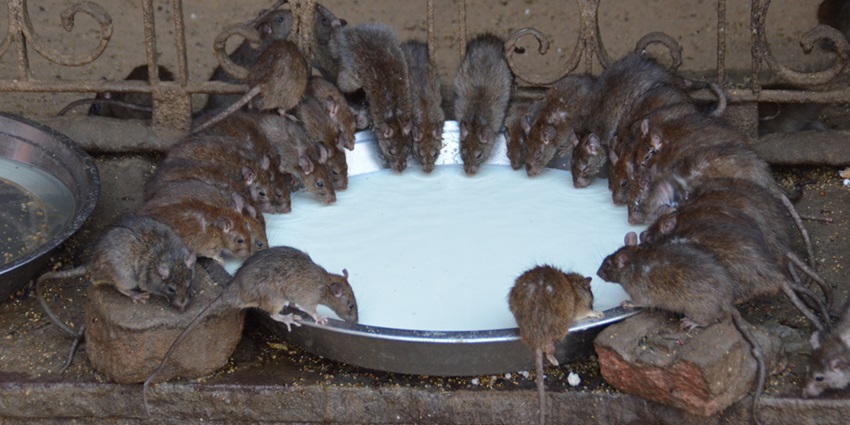
Photo: Günther Jontes / Wikimedia Commons
The Rat Temple address lies in Deshnoke, a town approximately 30 kilometres south of Bikaner in Rajasthan, India. It is easily accessible by road, and the journey offers scenic views of the desert landscape. The temple’s address is well-marked, and visitors can use GPS services for accurate navigation. The temple’s strategic location makes it a prominent attraction for those exploring the historical and spiritual aspects of Rajasthan.
Suggested Read: Places To Visit Near Bharatpur
How To Reach Rat Temple
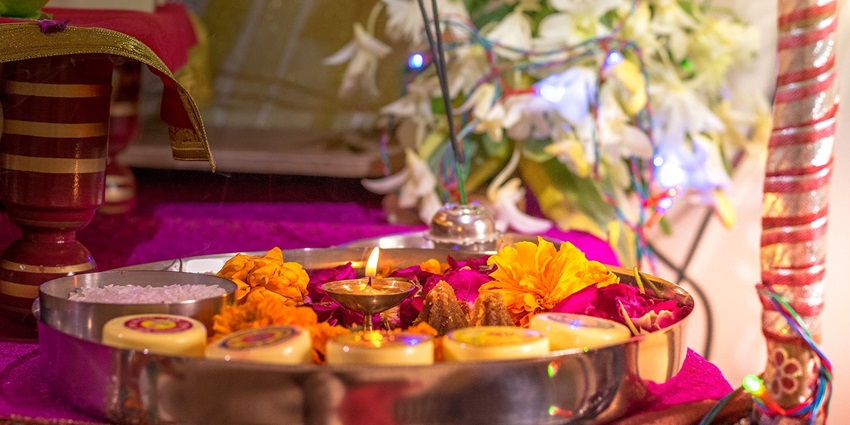
Photo: suketdedhia / Pixabay / Image For Representation Only
Reaching the Rat Temple is straightforward, with several travel options available:
By Road: The temple is about 30 kilometres from Bikaner, and visitors can reach it by car, taxi, or local bus. The drive takes approximately 45 minutes from the city centre.
By Rail: Bikaner Railway Station is the nearest major station, around 30 kilometres away. You can hire a taxi or use local transportation to reach the temple.
By Air: The closest airport is Bikaner Airport, approximately 25 kilometres from the temple. Visitors can take a taxi or bus from the airport to the temple.
Places To Visit In And Around The Rat Temple
Here are the top places to explore in and around the Rat Temple, Rajasthan:
1. Bikaner Fort
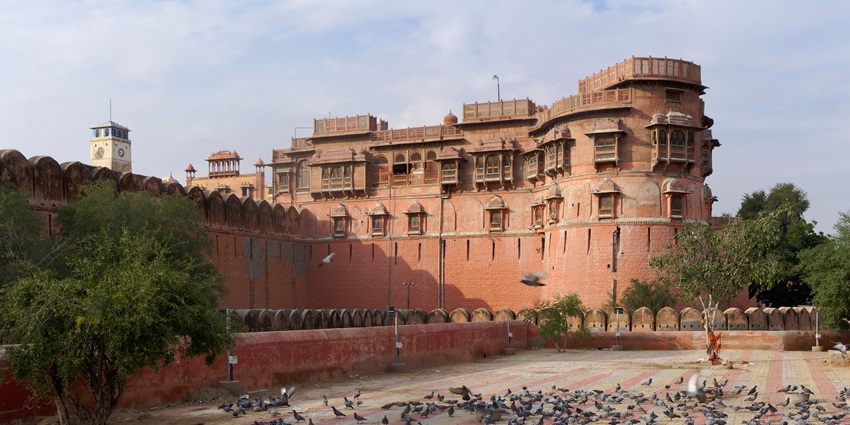
Photo: Jakub Hałun / Wikimedia Commons
The Bikaner Fort, which is sometimes referred to as Junagarh Fort, is an important historical site that can be found approximately 30 miles away from the temple. This fort was constructed in the 16th century, and it is famous for its architecture which has been preserved admirably, as well as its exquisite courtyards and opulent interiors. Furthermore, the fort affords breathtaking vistas of the desert nature that surrounds it, in addition to providing insights into the royal history of Bikaner.
Entry Fee: ₹50 (for Indians), ₹300 (for foreigners)
Timings: 10 AM – 5 PM
Suggested Read: Places To Visit Near Jaipur Airport
2. Lalgarh Palace
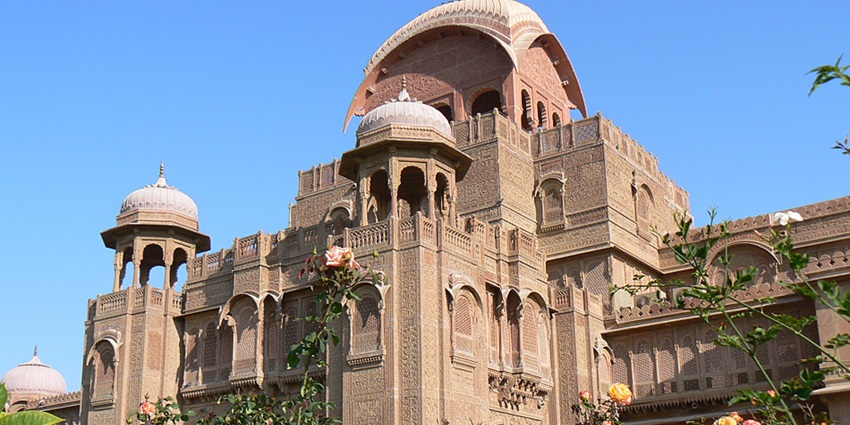
Photo: Noledam / Wikimedia Commons
Among the many sights in Bikaner that are definitely worth seeing is Lalgarh Palace, which was built by Maharaja Lal Singh in the early 20th century. There are a number of other places in the city that are also worth visiting. During this modern era, this palace is well-known for its superb architecture, which includes elements of both European and Indian design styles. There is a museum that is housed within the palace, and it contains a collection of artefacts and exhibits that are associated with the royal family.
Things To Do: Palace exploration, museum visits, photography
Entry Fee: ₹50 (for Indians), ₹200 (for foreigners)
Timings: 9 AM – 5 PM
3. Gajner Palace
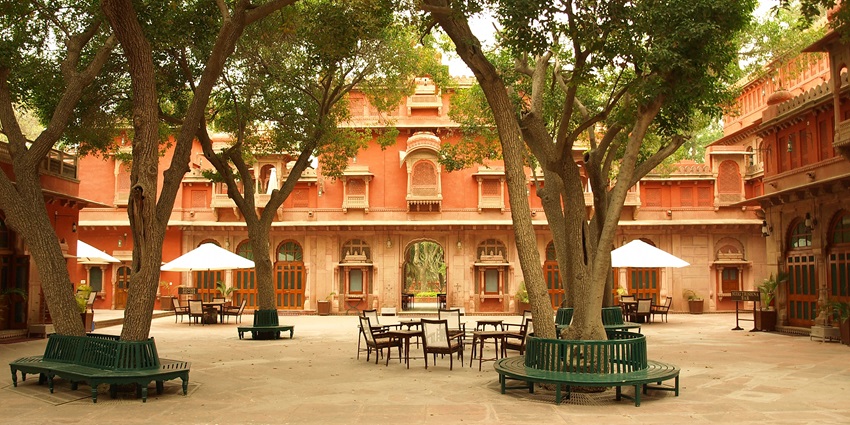
Photo: jokertrekker / Wikimedia Commons
At one time, the royal family resided in the Gajner mansion, which is located thirty miles away from the temple. This structure was constructed in the ninth century. During that time period, however, it was transformed into a premium heritage hotel. Because of its historical allure and verdant gardens, the Palace is a beautiful and peaceful getaway. In addition to its well-known history, the palace is renowned for its stunning views of Gajner Lake. In addition, visitors can take in breathtaking panoramas of Gajner Lake from the grounds of the castle.
Things To Do: Explore the palace grounds, enjoy lakeside views, relax in the gardens
Entry Fee: ₹100 (for Indians), ₹500 (for foreigners)
Timings: 9 AM – 6 PM
Suggested Read: Places To Visit Near Jodhpur
4. Deshnoke Camel Safari
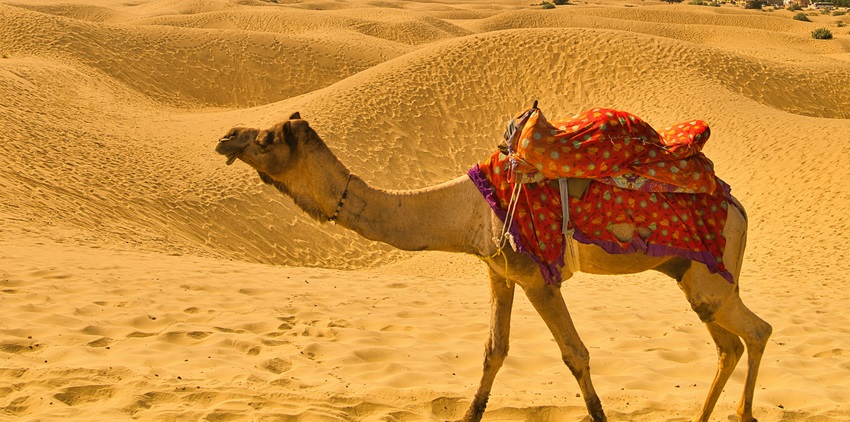
Photo: Tapish / Unsplash / Image For Representation Only
It is a wonderful opportunity for individuals who are interested in seeing the desert environment to get a real experience about it by taking part in the camel safaris that are given in the Deshnoke region. During these safaris, you will not only be able to take in beautiful views of the arid terrain, but you will also have the opportunity to experience a taste of the traditional way of life that is widespread in the regions of the desert.
Things To Do: Camel rides, desert exploration, local cultural experiences
Entry Fee: Variable
5. Bhandasar Jain Temple
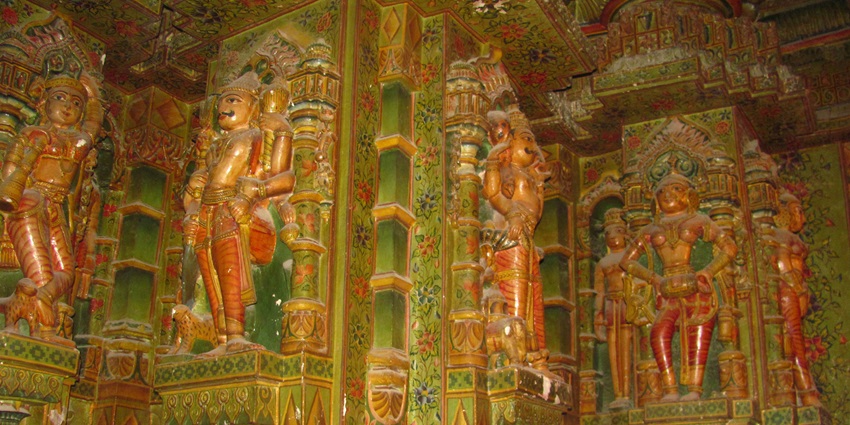
Photo: Himanshu Yogi / Wikimedia Commons
One of the most important Jain temples in the world may be found in the city of Bikaner, and it is known as the Bhandasar Jain Temple. One of the most well-known features of this temple is its enormous collection of sculptures, in addition to its breathtaking architecture. Stunning and imaginative embellishments can be seen all over the structure of the temple, which is devoted to the worshipper of the Jain Tirthankara. These embellishments can be located in various locations throughout the temple.
Things To Do: Temple exploration, photography, cultural immersion
Entry Fee: N/A
Timings: 9 AM – 5 PM
Suggested Read: Places To Visit Near Ranthambore
Where To Stay
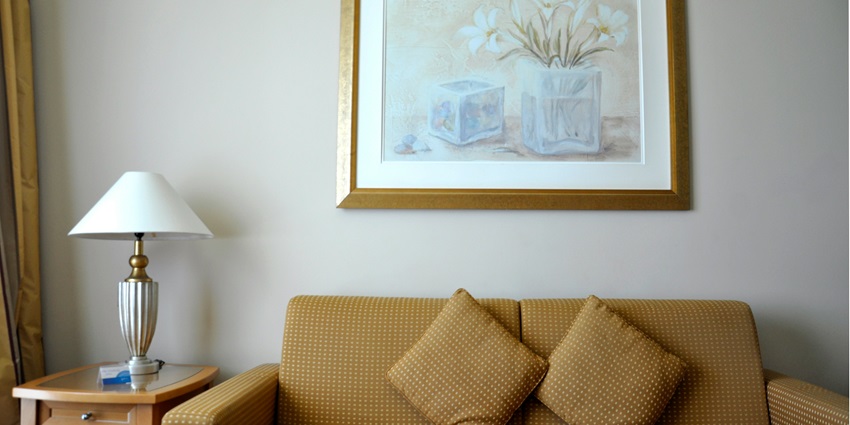
Photo: Alex Block / Unsplash / Image For Representation Only
Visitors to the temple can choose from a variety of accommodation options to suit all budgets, including comfortable guesthouses, hotels, and resorts. Popular choices include Hotel Karni Bhawan Palace, a heritage hotel that offers royal amenities and traditional Rajasthani hospitality; Hotel Bikaner House, known for its comfortable rooms and proximity to the temple; and Lalgarh Palace Hotel, a luxury option that combines historical charm with modern facilities.
Where To Eat
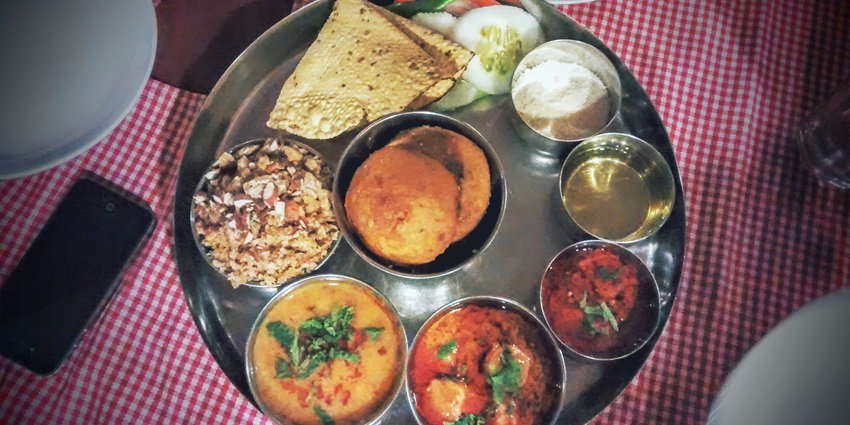
Photo: Deepak Giri / Wikimedia Commons / Image For Representation Only
Dining options near the temple feature a range of local eateries and restaurants serving traditional Rajasthani cuisine. Popular spots include Shree Ganesh Restaurant, famous for its delicious Rajasthani thali and local delicacies; Chokhi Dhani, known for providing a traditional dining experience; and Lalgarh Palace Dining, which offers a variety of Rajasthani and Indian dishes in a historic setting.
Suggested Read: Popular Rajasthan Picnic Places For Nature Lovers And Adventurers
Best Time To Visit
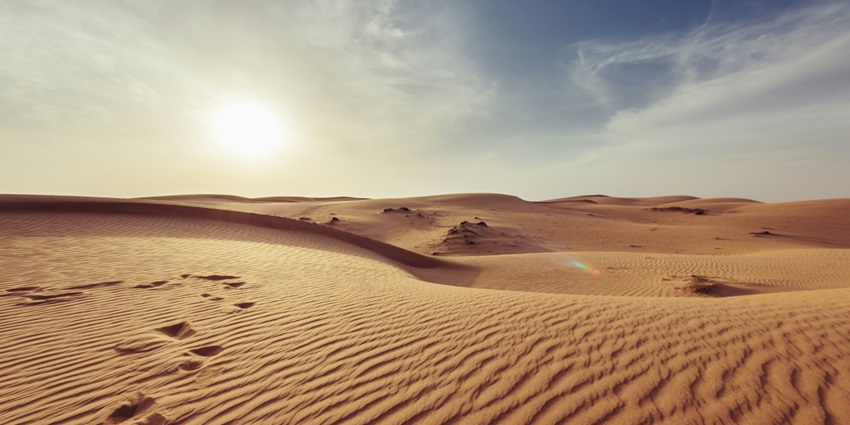
Photo: Giorgio Parravicini / Unsplash / Image For Representation Only
The best time to go to the temple is between the months of October and March. This is the optimal time to explore the temple. It is more convenient to visit the temple and the attractions that are located in the surrounding area during these months because the weather is more acceptable during these months. In addition, the lower temperatures contribute to an overall improvement in the quality of the experience.
Other Factors To Consider

Photo: Jonathan Borba / Pexels / Image For Representation Only
Average Cost Of The Trip
The average trip cost of the temple can range between ₹1,500 to ₹3,000 per person per day, depending on the type of accommodation and activities you choose. Since there is no Rat Temple entry fee, anyone can enter. There are no special permits required to visit the temple, but it is always a good idea to check local guidelines before your trip.
Tips For Travellers
- Wear Comfortable Shoes: The temple grounds can be crowded, so comfortable footwear is essential.
- Stay Hydrated: Bring water to stay refreshed, especially in the heat.
- Respect Local Customs: Follow the temple’s rules and respect the cultural practices.
- Carry Cash: Some places may not accept cards, so bring cash for small purchases.
- Pack Accordingly: Dress modestly and prepare for the varying temperatures.
- Bring A Camera: Capture the unique architecture and cultural experiences.
- Ask for permission from the authorities before clicking Rat temple photos.
Suggested Read: Explore The Most Scenic Udaipur Picnic Places For A Relaxing Day
The Rat Temple in Deshnoke offers a captivating glimpse into Rajasthan’s rich spiritual and cultural heritage. Those who are looking for a trip experience that is both uncommon and enriching should make it a point to visit the temple. Enjoy its stunning architecture, its unique link with rats, and the neighbouring historical landmarks. Plan your visit to this extraordinary destination with TripXL and immerse yourself in its spiritual and historical wonders.
Cover Photo: LoggaWiggler / Pixabay / Image For Representation Only


 WhatsApp
WhatsApp
 Twitter
Twitter









